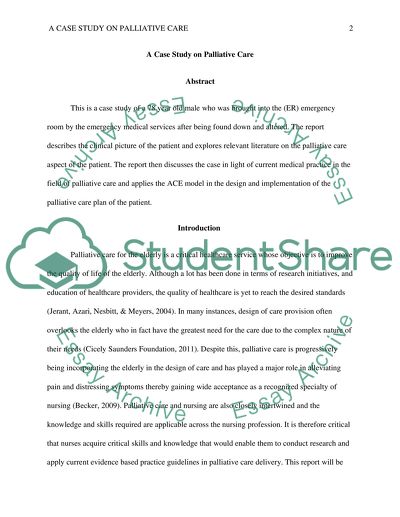Cite this document
(“Palliative Care Case Study Example | Topics and Well Written Essays - 2000 words”, n.d.)
Retrieved from https://studentshare.org/nursing/1449288-a-case-study-on-palliative-care
Retrieved from https://studentshare.org/nursing/1449288-a-case-study-on-palliative-care
(Palliative Care Case Study Example | Topics and Well Written Essays - 2000 Words)
https://studentshare.org/nursing/1449288-a-case-study-on-palliative-care.
https://studentshare.org/nursing/1449288-a-case-study-on-palliative-care.
“Palliative Care Case Study Example | Topics and Well Written Essays - 2000 Words”, n.d. https://studentshare.org/nursing/1449288-a-case-study-on-palliative-care.


